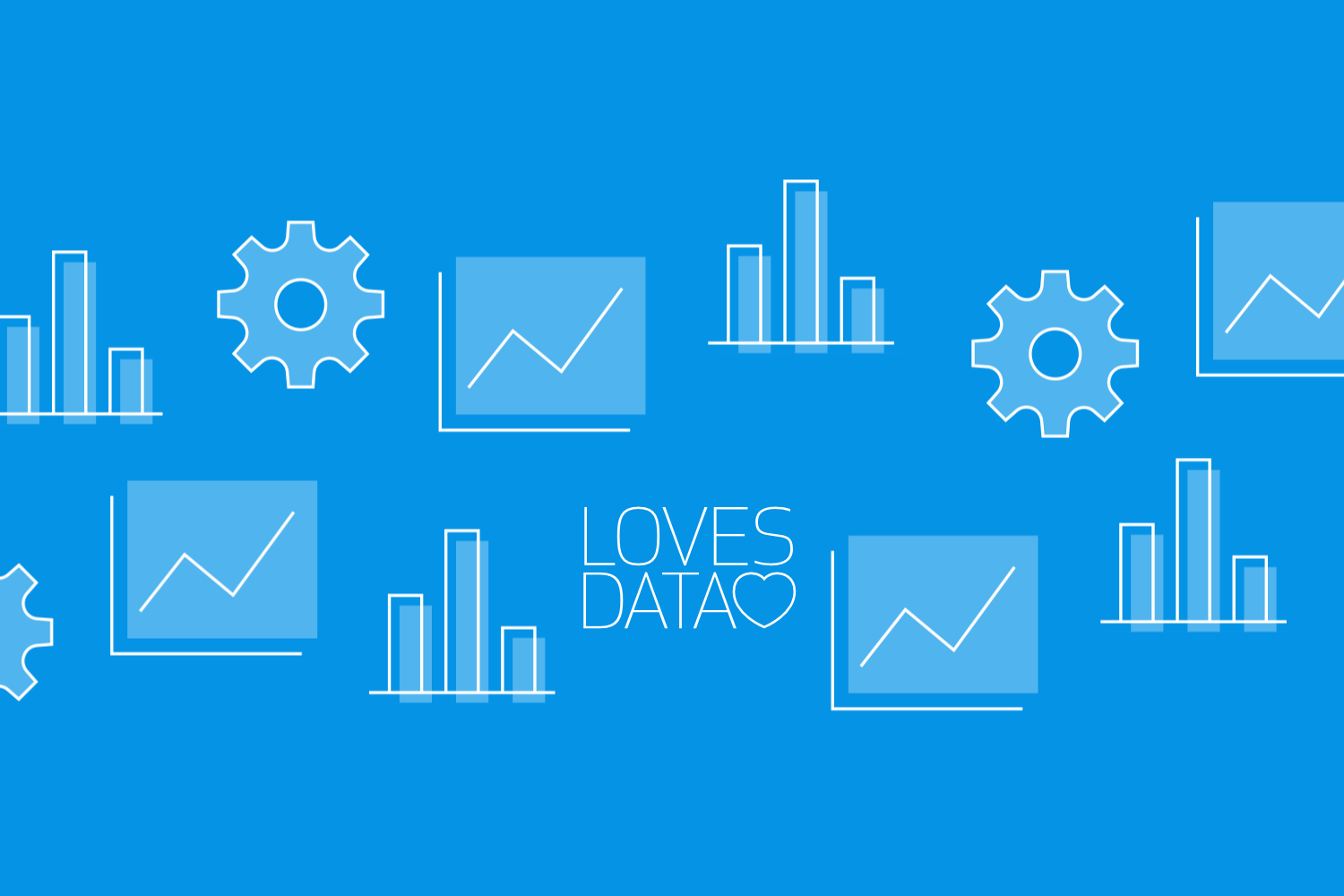Scaling Your Campaigns with Google Ads – A Detailed Guide
Loves Data
Struggling to get the most out of your Google Ads budget? Many businesses waste ad spend by not leveraging the right strategies. Mastering Google Ads requires more than just setting up campaigns – it’s about strategic targeting, automation, and continuous optimization. In this guide, you’ll learn how to create high-performing campaigns that drive real business results.
Understanding Google Ads Fundamentals
Mastering Google Ads is a vital step in boosting your online presence and reaching your target audience effectively. To craft a successful Google Ads campaign, focus on its key components: keyword selection, ad copy, and targeting. Begin by choosing relevant keywords that your prospective customers are likely to use when searching for products or services like yours. Well-researched keywords drive qualified traffic and improve the chances of conversion.
Craft compelling ad copy that resonates with your audience. Your message should highlight the benefits of your offering clearly and include a strong call to action. Creating multiple versions of your ads allows you to test different messages and discover which one performs best.
Aligning your ads with business goals is crucial. Each campaign should reflect your overall marketing objectives, whether that’s increasing brand awareness, driving website visits, or boosting sales. Google Ads allows for precise targeting, enabling you to reach specific demographics, locations, and even devices, ensuring your ads reach the right people at the right time.
By understanding and implementing these fundamentals, you can formulate campaigns that not only attract attention but also convert viewers into loyal customers, ultimately supporting your business objectives.
Strategies for Scaling Your Campaigns
As your business grows, it’s essential to scale your Google Ads campaigns to maximize reach and visibility. Scaling effectively involves extending your audience reach while maintaining ad performance and cost-effectiveness.
Consider using these strategies to expand your campaigns:
- Broaden Keyword Lists – Identify additional keywords that align with your business. Use tools like the Google Keyword Planner to find keyword variations and related terms.
- Expand Geographically – If your business allows, target additional locations to tap into new markets. Adjust the ad content to relate more to regional interests or trends.
- Vary Ad Formats – Integrate diverse ad types such as video or shopping ads. Combining various formats captures more user engagement and broadens reach.
- Schedule Ads Strategically – Analyze past performance data to identify peak times and days for your ads. Scheduling more aggressive bids during these times enhances visibility when it matters most.
Optimizing ad spend without compromising performance requires careful management of your budget. Use bid adjustments to allocate your budget more effectively, focusing on high-performing areas. Regularly review your campaigns to ensure performance aligns with established goals, and make adjustments as needed. As you introduce these strategies, your campaigns can achieve wider reach, enhanced visibility, and better results.
Leveraging Automation for Efficiency
Incorporating automation into your Google Ads campaigns can significantly enhance their efficiency and impact. Automation tools streamline processes, allowing you to focus on strategy rather than manual tasks. Google Ads offers various features that simplify campaign management and scaling.
For instance, automated bidding adjusts your bids in real time to maximize campaign results. By leveraging Google’s machine learning capabilities, automated bidding can optimize for conversions or impressions based on your set goals without constant monitoring.
Another powerful tool is automated reporting. This feature generates insights into campaign performance, helping you track key metrics effortlessly. With these reports, you can easily identify which areas need attention, allowing for more informed decision-making.
Performance Max campaigns are another automation feature that optimizes ad delivery across multiple Google networks, including Search, Display, YouTube, and Shopping. Additionally, setting up automated rules can help manage budget adjustments, pausing underperforming ads and scaling high-performing ones without manual intervention.
Additional advantages of automation include the ability to quickly respond to changes in auction dynamics, consumer behavior, and competitive actions. By letting automation handle bid adjustments and reporting, you maintain a competitive edge, ensuring your strategies adapt promptly to market conditions. Embracing these tools allows you to maintain high performance while freeing resources to focus on broader campaign objectives and innovation.
Measuring Success and Refining Tactics
Assessing the performance of your Google Ads campaigns is crucial to understanding their effectiveness and areas for improvement. Metrics such as click-through rates (CTR), conversion rates, and return on ad spend (ROAS) provide quantifiable measures of success. Use these metrics to evaluate how well your campaigns meet their objectives. High CTR indicates engaging ad content, while strong conversion rates suggest effective targeting and compelling offers.
To refine tactics, draw insights from performance data. Analyze trends over time to understand which strategies resonate most with your audience. This data-driven approach allows for incremental improvements by adjusting ad copy, targeting options, and budget allocation. Regularly testing new strategies against established benchmarks further enhances performance.
Leverage Google Analytics 4 (GA4) to gain deeper insights into user behavior. Setting up conversion tracking ensures you measure true business impact beyond just clicks and impressions.
Implement A/B testing to compare variations in ad content and delivery. This helps determine the best-performing versions, guiding future campaign decisions. Ensuring continuous improvement hinges on remaining responsive to data insights and remaining agile in modifications. By focusing on measurable outcomes, you hone strategies to deliver enhanced results and sustained growth.
Conclusion
Effective Google Ads campaigns hinge not just on understanding the fundamentals but on perpetual refinement through data insights. By mastering automation tools, you streamline processes, improve efficiency, and focus more on strategic elements that drive growth. Evaluating key metrics aids in understanding what works, enabling you to iterate on approaches for sustained success. Keeping these variables fine-tuned helps align campaigns closely with your business objectives.
Want to drive better results from Google Ads? Our expert-led Google Ads Fundamental Course at Loves Data provides hands-on training to help you scale campaigns effectively and maximize ROI. Join today and take control of your ad performance!

Comments